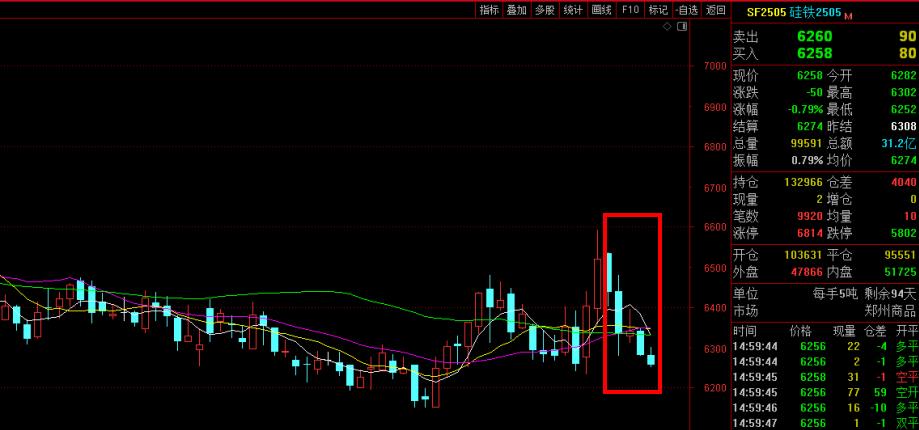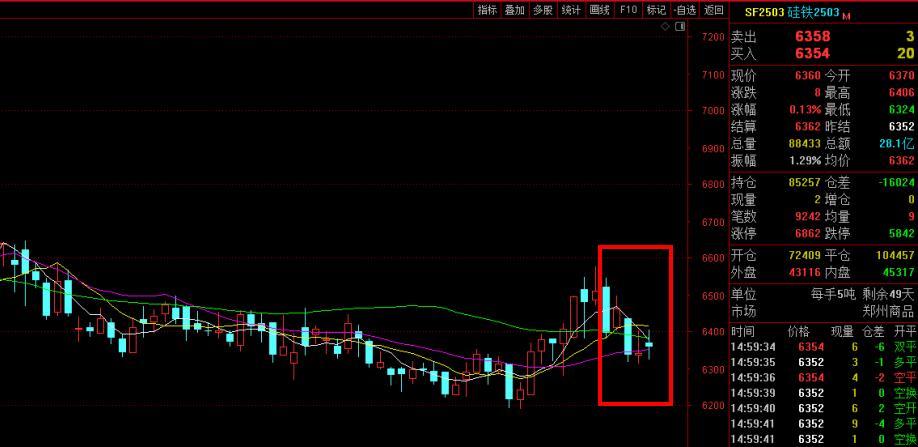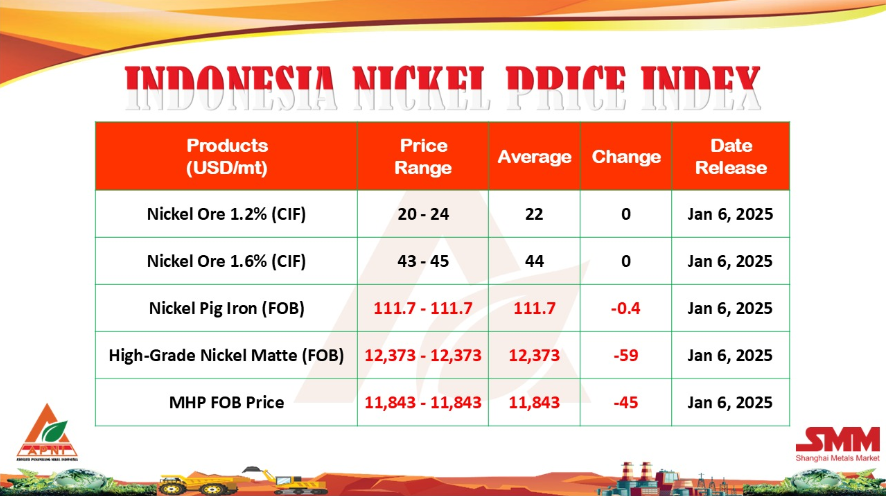| = Movement of price of Chinese ferroalloy is still in low gear right after Chinese New Year = |
|
The market trend of import of ferroalloy as of 15 February 2016 is as follows. <> Silicon Metal = The price of silicon metal in China still stops declining. This is because the producers which have stopped operation due to the market price slumping and a relatively high electricity rate for a low-water season being applied have yet to resume the operation, in spite of which the reason why the market price has no movement is because as well as the consumption by the customers like the aluminium industry making no recovery, the supply volume has been propped up by the products in Xinjiang Uygur and Inner Mongolia. These two areas have an advantage in a production in the winter time as the electricity rate in these areas have no influence from the season. In Japan, several customers will start a regular tender for the period from April to June this week. For that reason, most of the shippers show a reluctance to cut a price, and no offer price at a level below US$1,400 per ton can't be seen although the trading in a spot market is thin. However, the demand for the aluminium industry in the period from April to June is anticipated to be weak, and many of the opinions in the market expect that the regular price will be down from the prior period. <> Ferro-silicon = Albeit Chinese New Year Holidays were over in China, the activities in the Chinese domestic market are still weak, and the price has remained unchanged from the level before the holidays. Small and medium-sized producers which will resume operation after the holidays due to the increase in the price during January are anticipated to increase, but as it takes about one month to ship the products after a follow-up firing, the impact to the market has yet to be seen. As to the product with Si being 75% meant for export, a panic buying took a round, and the shippers' purchase has begun to shift to the products as March shipment. However, the spot goods have got scarce due to decreased roundabout products in Japan and South Korea, and therefore the producers and trading firms in China seem to have submitted an aggressive offer . In Japan, the scarcity of the products due to a decrease in distributed products in the market including roundabout products is still ongoing, and the movement to struggle to secure the spot goods can be seen ubiquitously. Such being the case, the price of regularly exported Chinese products keeps a price level of the end of January, and the focus now is on the market situation until the end of February. In a reflection of scarcity, the price of the products distributed in the market is up by around US$5 from the end of January. The price of Russian product continues to decline against a background of a weak ruble, and both offer and contract prices are down by US$20 from the end of January. There is a case the price cut range is a bit more as a volume discount, which however depends on the shipper. <> Silico Manganese = In the Indian domestic market, the producers raised the offer price for silico manganese by US$10 for the reason of the price of imported manganese ore (Australian lump manganese ore) being up by US$0.15 per lb from January and the anticipated increase in the domestic crude steel production. The upward trend has continued since the beginning of January, but as a weak rupee acts as a cushion, the feeling of price hike is weak in dollar and yen currencies. In the Japanese market, albeit the demand in the period from January to March is weak, the customers get sick to the increase in the spot price before the price negotiation for the period from April to June as part of the long-term contract. At the present moment, both offer and contract prices are up by around US$5 from the end of January. The price in the Chinese domestic market dropped slightly before Chinese New Year, but made a recovery after Chinese New Year and stayed at the same level as the end of January, which is thought to be due to a price of imported manganese ore as raw materials as March shipment being frozen and the price being up together with the price hike of ferro-silicon. The offer price meant for Japan had no change and no contract was clinched For a reference, as to the imposition of the antidumping (AD) duty on Indian silico manganese in Europe, the announcement of final decision is scheduled to be made on March 19. |
Article from Internet for Reference only
Copyright © 2013 Ferro-Alloys.Com. All Rights Reserved. Without permission, any unit and individual shall not copy or reprint!
- [Editor:Sophie]



 Save
Save Print
Print Daily News
Daily News Research
Research Magazine
Magazine Company Database
Company Database Customized Database
Customized Database Conferences
Conferences Advertisement
Advertisement Trade
Trade














 Online inquiry
Online inquiry Contact
Contact

Tell Us What You Think